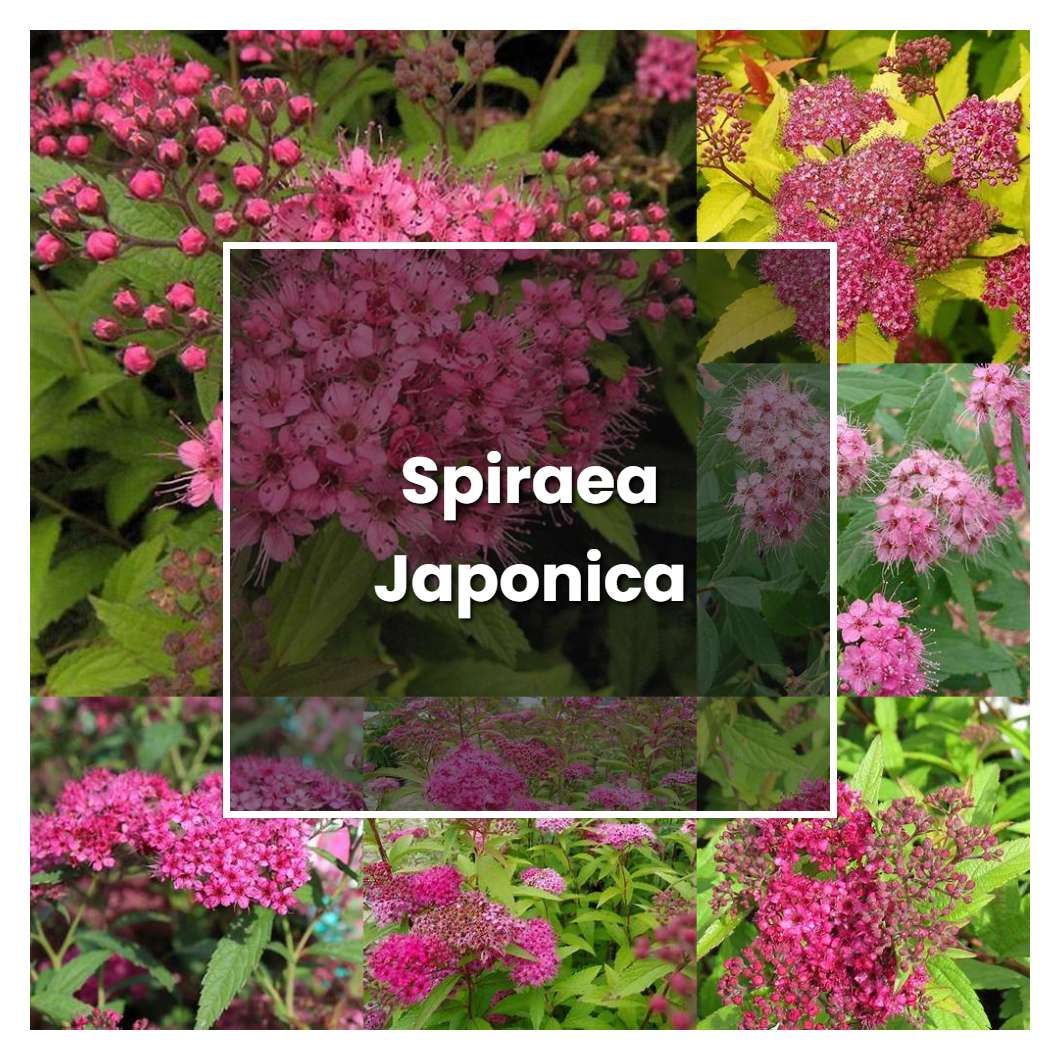Spiraea japonica is a plant native to east asia, including china, japan, and korea. it is a deciduous shrub that typically grows to 6-10 feet tall and wide, with a dense, rounded habit. its leaves are dark green, ovate-shaped, and 1-3 inches long. In late spring to early summer, it produces clusters of small, white flowers.

Related plant:
Spiraea Grefsheim
Related plant:
Spiraea
About soil condition, Spiraea japonica prefers well drained soils but will grow in average, moist to wet soils. It does best in full sun but will tolerate some shade. It will not tolerate shade for long periods of time. It is very adaptable to both dry and moist conditions. It is also tolerant of urban pollution.
Just like other flowers, the Spiraea Japonica needs sunlight to grow properly. The difference is that this plant prefers at least six hours of sunlight each day, making it perfect for a sunny spot in your garden. If you live in an area with long winters, you may need to supplement the natural light with grow lights.
The temperature condition that is best for Spiraea japonica is a cool to cold climate. They are not heat tolerant and will not do well in hot climates. They prefer full sun but can tolerate partial shade.
Ideal humidity condition for this plant is 50-60%. The plant will start to suffer if the humidity dips below 40%. If the humidity is too low, the leaves will turn brown and drop off. If the humidity is too high, the leaves will start to yellow.
Mentioning fertilizer, this plant does not require too much. Just a general-purpose fertilizer for shrubs once a year in the spring is enough. Once every two to three years, you can give it a light pruning to help it keep its neat shape. This shrub is known for its shallow root system, so be careful not to damage the roots when you are working around it.
Pruning is an important part of care for your spiraea japonica. Pruning encourages new growth and helps to keep the plant looking its best. You should prune your spiraea japonica in late winter or early spring, before new growth begins. To prune, simply remove any dead or diseased branches. You can also trim back any overgrown or leggy branches.
Propagation of the Japanese Spirea is done through softwood cuttings taken from the tips of new growth in late spring to early summer. The cuttings should be 4 to 6 inches long and should have at least 2 sets of leaves. Cuttings can be taken from semi-ripe wood in late summer to early fall. These cuttings should be 6 to 8 inches long and should also have 2 sets of leaves. The cuttings should be placed in a rooting hormone and then planted in a well-drained potting mix. The pot should be kept moist and in a location that has bright indirect light. The cuttings should root within 4 to 6 weeks.
Usually, the plant growth rate during the vegetative phase is fast, with some cultivars considered to be "rapid growers". Though it is possible for the spiraea japonica to achieve a growth rate of 2.5 m (8.2 ft) per year, the growth rate is often much slower, with an average growth rate of 0.5 m (1.6 ft) per year.
Common problems for this kind of plant are blackspot, aphids, and powdery mildew. Blackspot is a fungus that appears as black spots on the leaves. Aphids are small, soft-bodied insects that feed on the sap of plants. Powdery mildew is a fungus that appears as a white powdery substance on the leaves.
Source:
Spiraea japonica L. f. | Smithsonian Institution
Japanese Spirea (Spiraea japonica) - Selecting Shrubs for Your Home ...
Goldmound Spirea - Spiraea japonica Goldmound - PNW Plants
